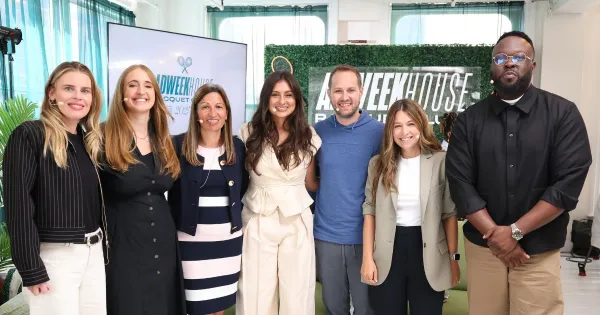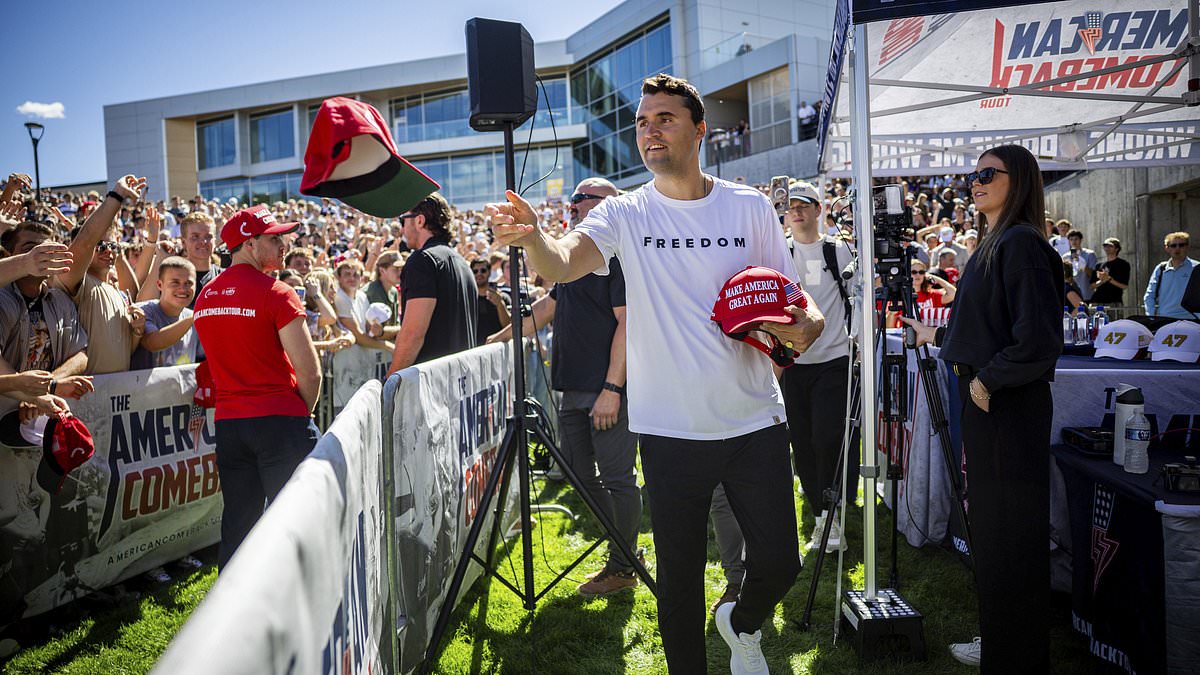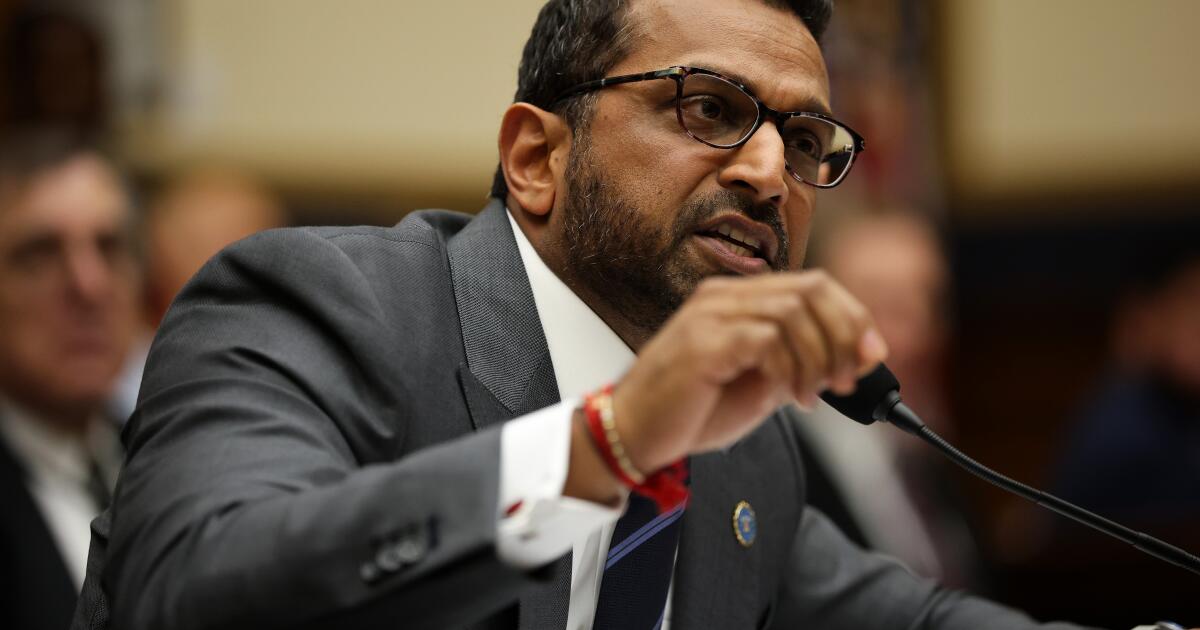
This post was developed in connection with a panel hosted by ADWEEK.
Panel participants:
TJ Adeshola, Media Executive
Natalie Fortier, VP, Global Director of Communications, SailGP
Jenna Klein, Global VP, Brand and Athlete Strategy, The Players’ Tribune
Will Ober, Vice President, Athlete Partnerships, Platinum Rye Entertainment
Casey Reede, Founder, Courtside Talent
Leela Srinivasan, CEO, Parity
Nicole Towner, Associate Director, Magnum and Talenti US Operations
Today’s athletes build brands, communities, and culture. As creator culture rises, the strongest partnerships start with an athlete’s lived narrative and a real connection to the product.
At ADWEEK House Racquet Club’s group chat called Advantage, Brands, leaders shared what’s working now in sports marketing—and what’s next.
What the sports partnerships landscape looks like today
The panel began by discussing the recent changes in sports marketing. Jenna Klein, Global VP of Brand and Athlete Strategy at The Players’ Tribune, drew a line between the traditional endorsement model and athletes who now run their own media.
“We’ve seen a shift in the past 5-10 years,” she noted. “Athletes are building up their own brands. They’re really telling their own stories and they’re owning that narrative in such a beautiful way.” This self-driven storytelling is what makes athlete–brand connections feel genuine and makes them so valuable.
For Nicole Towner, Associate Director of Magnum and Talenti US Operations, the move toward athlete-led storytelling in campaigns creates a truer fan experience. “At Talenti, we could only dream of having the same level of fandom and brand love that athletes and teams have. So it’s been really exciting for us to tap into tennis for the first time and partner with Emma Navarro. She’s been able to lend authenticity,” she said.
Brands are moving away from simply sponsoring athletes to becoming part of the athlete’s story. “It’s all about the experience and love you’re able to create through sports—with the brand adding to that feeling, not taking away from it, so fans walk away with more value,” Towner added.
Storytelling and personal brand building are changing women’s sports
The panel then zeroed in on the incredible momentum in women’s sports, with a specific focus on storytelling and personal brand building.
Leela Srinivasan, CEO of Parity, pointed out that, historically, women’s sports received less than 5% of media share, but that figure is now up to 15-20% and rising.
This increased visibility is coupled with athletes who are more empowered than ever to share their stories. “You’ve got this generation of athletes who’ve had to learn to tell their story off the court, off the field, because they don’t make enough money playing the sports,” Srinivasan shared.
This necessity has turned many women athletes into multi-hyphenate creators who excel at social media and are eager to share their personalities and backstories, making them highly effective partners for brands.
How brands can make the most of athlete partnerships
The conversation then zoomed out to how brands pick the right partners—and why fit beats fame.
Will Ober, Vice President of Athlete Partnerships at Platinum Rye Entertainment, emphasized that brands are often missing a key element in their athlete partnerships: authentic users. “There are athletes out there who may not have 500,000 followers on Instagram, but they do have an audience and they’re an authentic [product] user,” he stated, suggesting fit and credibility matter more than follower counts.
Klein agreed, explaining that brands should be asking whether they want to be one of many in a crowded conversation with an oversaturated athlete or a central partner to someone with a more engaged, niche following.
This idea naturally extends to newer properties, where brands can help write the story from day one. Natalie Fortier, VP and Global Director of Communications at SailGP, noted that brands can enter as “early adopters and carve out a really authentic story.” This opportunity lets brand partners build a narrative from the ground up, rather than simply placing their logo on a pre-existing moment.
Towner noted that Talenti’s partnership with Emma Navarro was born out of a chance encounter, but it worked well because Navarro was an authentic superfan of the brand. As such, the brand was able to grow easily with Navarro’s genuine interest in the brand.
The future of sports marketing
Looking ahead, the panelists agreed that the most successful brand partnerships will be built on authenticity and a willingness to think beyond traditional metrics, such as follower count. Success is about finding the true connection between an athlete and a brand and creating stories that resonate with fans.
“Consumers can sniff out a fake faster than anything these days,” Ober said, capturing the central theme of the discussion. The future of sports marketing is about making genuine connections and adding real value to the fan experience.



